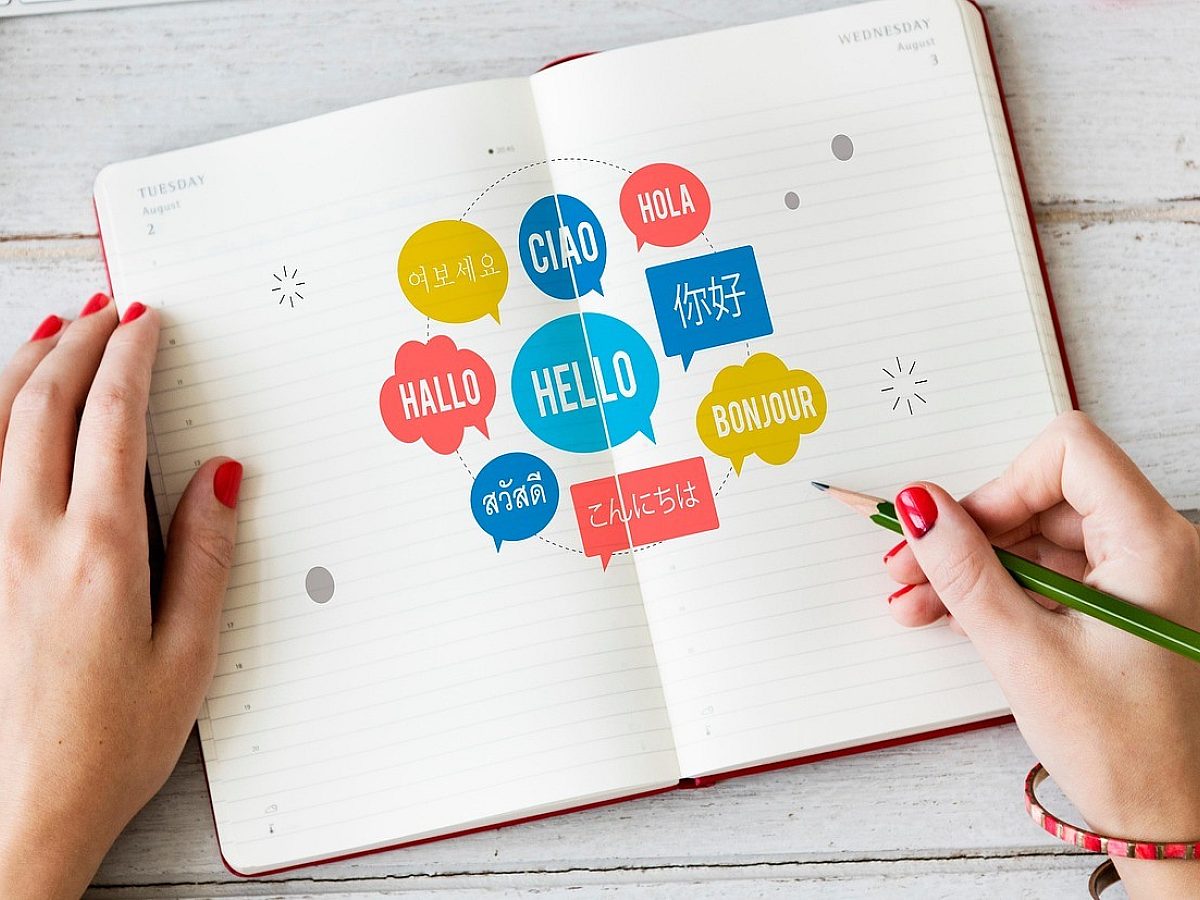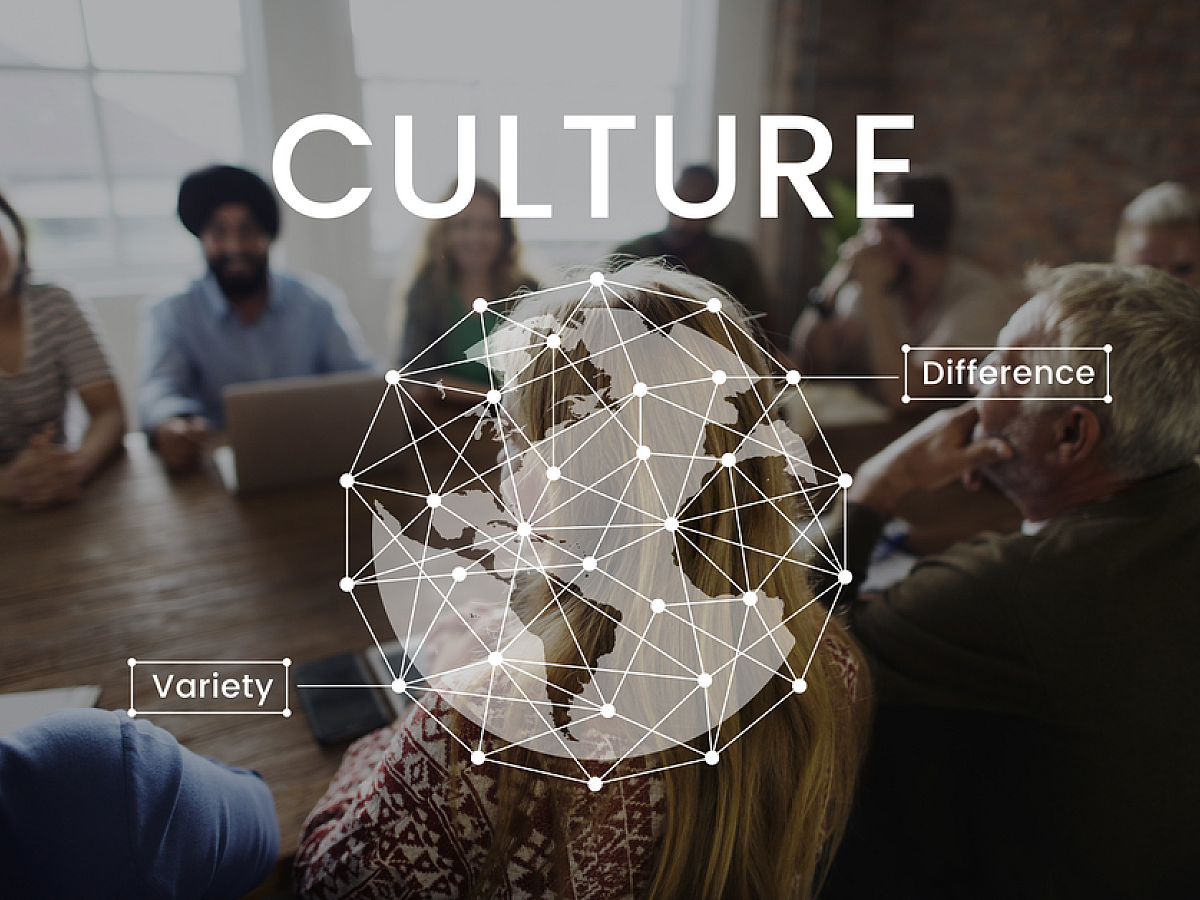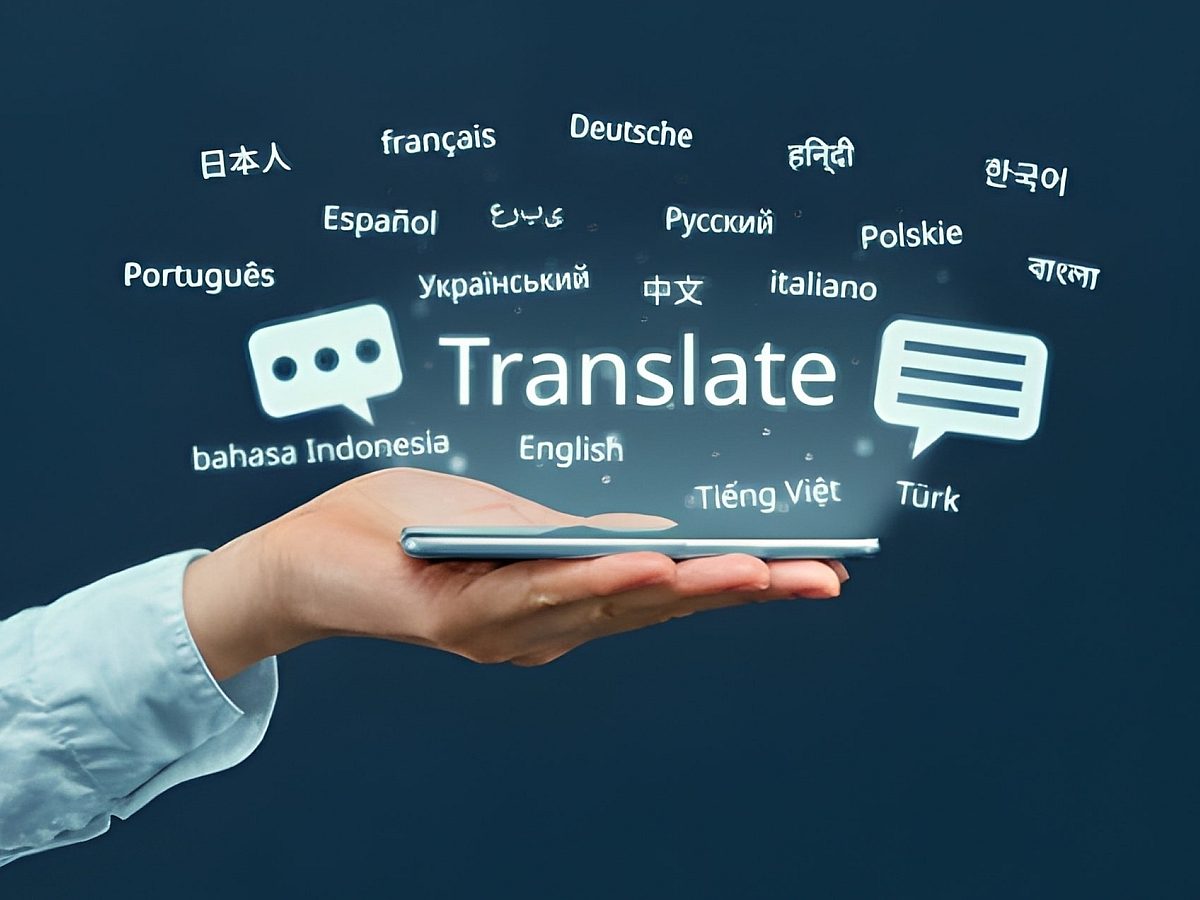The US' pharmaceutical industry is projected to experience significant growth in the coming years.
According to sources and recent forecasts, the market is expected to reach USD 889.96 billion (or even more) by 2030. With growth being driven by aging populations and increased healthcare expenditure.
Growth is predicted to be particularly strong in certain segments, including biologics, biosimilars and oncology.
In this blog, we will explore how translation services can help you stay competitive in this rapidly growing industry.
Many businesses in the industry rely on translation and localization to communicate effectively with international markets. From impactful marketing campaigns to localized websites, translation plays a crucial role in helping pharma companies grow and succeed worldwide.
The United States is expected to remain the centre of global pharma innovation and thus attract foreign buyers.
What is Translation, In Relation to Pharma?
Before diving into how translation applies to the pharmaceutical industry, let's first define what translation is.
Translation is the process of converting text from one language into another, ensuring the original message is conveyed clearly and effectively. Translation is a vital tool across various sectors—marketing, finance, manufacturing, tourism—and plays a key role in helping businesses expand into global markets and connect with audiences in different languages.
In the pharmaceutical industry in particular, accurate life science translation is crucial. Medical content, online booking forms, product packaging, and even clinical trials need to be translated to meet the needs of different markets.
But translation isn’t just about meeting regulations—it’s also about establishing trust and clear communication. If your customers can't fully understand your products or services, especially in healthcare, they won’t make a purchase.
Language Laws
In some cases, there are specific regional language laws that companies must comply with before they can trade or market pharmaceutical products in a new location.
For example, in parts of the US where Spanish is widely spoken, businesses are required to provide Spanish translations of certain materials, such as medical information or prescription labels, to ensure all customers have access to crucial information in their native language.
By offering bilingual or multilingual resources, pharmaceutical companies can stay compliant and build trust in diverse communities.
Expanding into International Markets
Global expansion is a goal for many businesses, and the pharmaceutical industry is no different. The good news? International growth is possible with the right translation services.
Translation can help pharma companies enter new markets by localizing websites, product packaging, and other key materials. For US-based companies, languages like Spanish, Chinese, French, and German are especially important to tap into global markets.
Building Loyalty And Trust
By incorporating multiple languages into your pharma content, your brand will build loyalty and trust with customers. If you want to grow relationships in new regions, it’s essential to communicate in the languages your customers understand. Customers are more likely to trust a brand that speaks their language, both literally and figuratively.
Ultimately, companies are seen as more credible and reliable when they communicate clearly in a language that resonates with their customers.
Additionally, translating important materials such as product labels, leaflets, and instructions is critical for patient comprehension and compliance. This improves global patient outcomes by ensuring that individuals understand their medical treatment and are better informed about the medicines they are receiving.
Benefits of Translation Services for the Pharmaceutical Industry
translating Large Volumes of Content
Many pharmaceutical companies have vast amounts of content to translate, including packaging, medicine labels, prescriptions, medical questionnaires, and health condition leaflets. Working with a translation company like Wolfestone Group ensures that your content is accurately translated, with quick turnaround times, no matter how large the volume.
Experienced Translators with Medical Knowledge
Pharmaceutical translation requires specialized knowledge of industry-specific terminology. Wolfestone Group works with medical translators who understand the medical field and can provide accurate, clear translations that adhere to industry standards.
Multilingual Solutions
As your business expands, you'll need translation services in multiple languages. Wolfestone offers translations in over 220 languages, enabling your business to tap into key international markets, from Germany to China, giving you a competitive edge.
ISO Certification for Quality Assurance
Wolfestone is committed to data security and high-quality standards. As an ISO-accredited company, with certifications like ISO 17100:2015, ISO 9001:2015, and ISO 27001:2022, Wolfestone Group ensures the utmost care in handling and protecting all your sensitive data. We’re one of the few language service providers to hold the ISO 27001:2022 certification, which demonstrates our commitment to the highest information security management standards.
What are the Main Challenges in Translating Pharmaceutical Documents?
The translation of pharmaceutical documents presents significant challenges, including:
Specialized Terminology
Accurate translation of medical terms is crucial, yet complex.
The field is replate with complex terms, abbreviations, and even use of Greek and Latin. Linguists who work on these projects must possess a deep understanding to choose the correct translations of terms, as meanings can vary depending on context.
Regulatory Compliance
Translations must adhere to regulatory requirements that differ across countries, this includes local and international regulations, specific formatting guidelines, use of up-to-date templates, and conformity of standards.
Failure to meet these requirements, of course, leads to delays or legal consequences.
Audience Adaptation
Content targets culturally, demographically and linguistically diverse audiences, from patients to healthcare professionals.
Translation and localization needs to adapt to tone, style, knowledge and culture, whilst maintaining accuracy, compliance, and appropriateness.
Time Constraints
Tight deadlines, and the need for quick market entry, can create pressure for fast and scalable translation solutions where quality is still a priority.
Success in Pharmaceutical Translation
To sum up, one of the key ways to succeed in the pharmaceutical industry is by incorporating accurate and culturally sensitive translation services.
If you’re looking to expand your audience and remain competitive in your field, reach out to Wolfestone Group. As an ISO-accredited company, we understand the importance of making medical information clear, accessible, and secure for global audiences.



